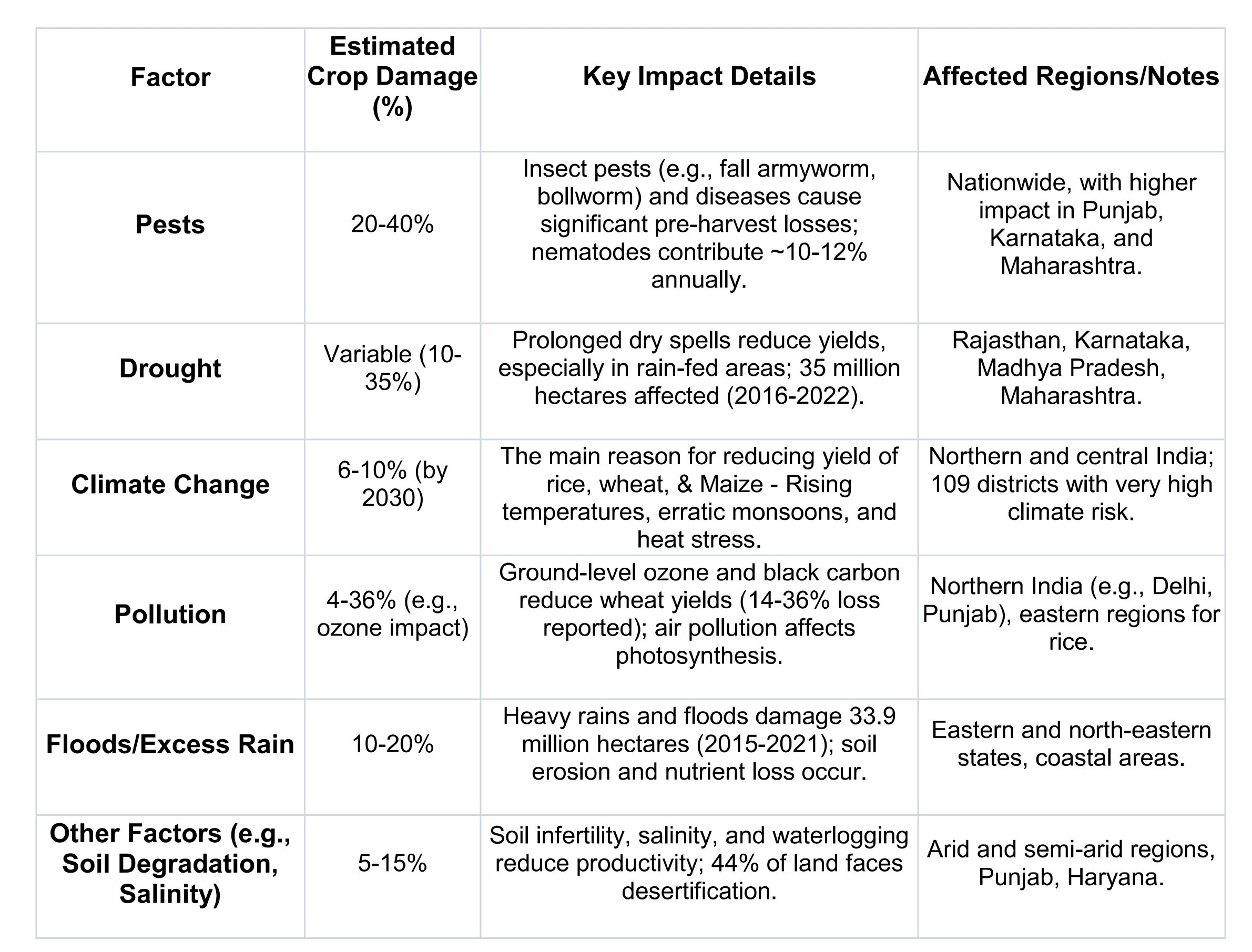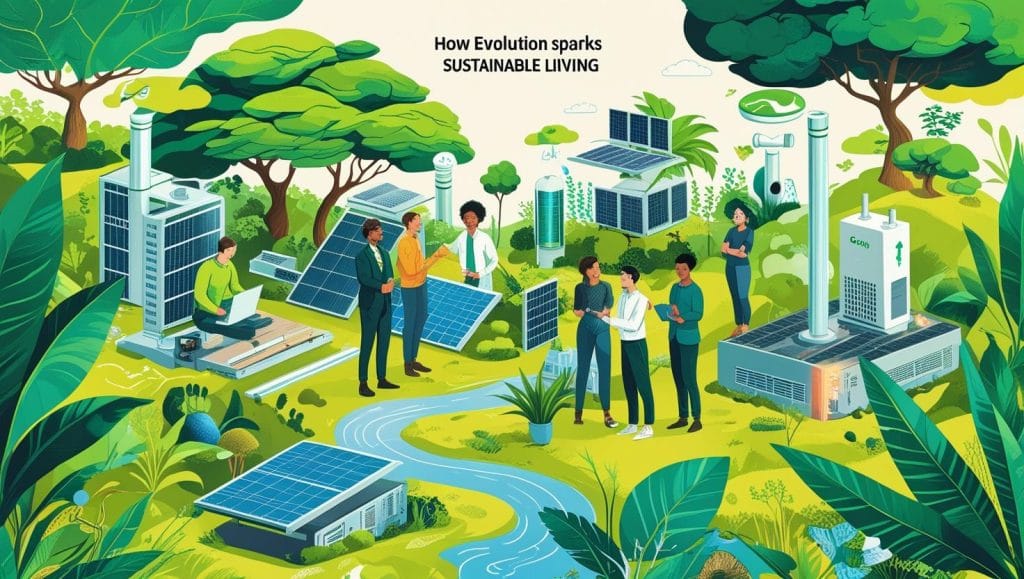As India grapples with feeding its 1.4 billion people while facing climate change, shrinking farmland, and water scarcity, sustainable agriculture is no longer a choice—it’s a necessity. Genetically Modified Organisms (GMOs) could be a game-changer for Indian farming, offering solutions to boost yields, reduce environmental impact, and ensure food security. Here’s why GMOs might hold the key to sustainable farming in India.
Addressing Food Security with Higher Yields
India’s population is projected to reach 1.7 billion by 2050, intensifying pressure on agriculture. Traditional farming struggles to keep up due to erratic monsoons, pest attacks, and soil degradation. GMOs, engineered for higher productivity, can help. For instance, Bt crops like Bt cotton, India’s only approved GMO, have increased yields by 20-30% by resisting pests like the bollworm. Expanding GMO technology to staple crops like rice and wheat could significantly enhance food production.
Studies show GMO crops often outperform conventional ones. In 2023, global GMO adoption led to a 50% reduction in crop losses from pests, according to the International Service for the Acquisition of Agri-biotech Applications (ISAAA). For India, where 20-40% of crops are lost annually to pests and diseases, GMO varieties resistant to these threats could ensure stable food supplies.

Reducing Environmental Impact
Sustainable farming demands minimal environmental harm. GMOs can reduce reliance on chemical pesticides and fertilizers, which degrade soil and pollute water bodies. Bt crops produce their own insecticide, cutting pesticide use by up to 60% in some cases. This not only lowers farmers’ costs but also protects pollinators and reduces chemical runoff into rivers like the Ganga.
Moreover, GMO crops engineered for drought or salinity tolerance can thrive in India’s diverse climates. With 44% of India’s land facing desertification (per the 2021 Desertification Atlas), crops like drought-resistant maize or salt-tolerant rice could reclaim marginal lands, reducing the need to clear forests for agriculture. This aligns with India’s goal of achieving land degradation neutrality by 2030.
Optimizing Resource Use
Water scarcity is a critical issue, with 54% of India facing high to extreme water stress, per the NITI Aayog. GMO crops designed to use water efficiently can ease this burden. For example, genetically modified rice varieties requiring 30% less water are under development. Such innovations could transform farming in water-scarce states like Punjab and Haryana, where over-irrigation has depleted groundwater.
Additionally, GMOs can enhance nutrient use efficiency, reducing fertilizer needs. Nitrogen-efficient crops, for instance, absorb more nutrients, minimizing runoff that causes algal blooms in lakes and rivers. This supports India’s push for eco-friendly farming under initiatives like the National Mission for Sustainable Agriculture.
Economic Benefits for Farmers
Indian farmers, especially smallholders with less than 2 hectares of land, face financial instability due to crop failures and high input costs. GMOs can offer economic relief. Bt cotton farmers in India reported 24% higher profits due to reduced pesticide expenses and better yields, per a 2022 study in the Journal of Agricultural Economics. Scaling GMO technology to other crops could similarly boost incomes, reducing rural poverty.
Moreover, GMOs can stabilize markets. Consistent yields from pest- and climate-resistant crops reduce price volatility, benefiting both farmers and consumers. With 50% of India’s workforce tied to agriculture, this economic uplift could drive rural development.
Overcoming Challenges and Misconceptions
Despite their potential, GMOs face skepticism in India. Critics cite health risks and corporate control over seeds. However, extensive research, including by the World Health Organization, confirms that approved GMOs are safe for consumption. To address seed monopolies, India can promote public-sector GMO research, ensuring affordable access for farmers.
Public perception is another hurdle. Misinformation about GMOs fuels resistance. A 2024 survey by the Indian Council of Agricultural Research found 60% of respondents were unaware of GMO benefits. Awareness campaigns highlighting success stories, like Bt cotton’s impact on 8 million farmers, can build trust.
Regulatory delays also slow GMO adoption. Streamlining approvals while maintaining safety standards, as seen in countries like Brazil, could accelerate access to new GMO varieties. India’s 2022 biosafety clearance for GM mustard is a step forward, signaling openness to innovation.
A Path to Sustainability
GMOs alone won’t solve India’s agricultural woes, but they’re a powerful tool. Combining GMOs with organic farming, precision agriculture, and traditional practices can create a resilient, sustainable food system. For instance, integrating GMO pest resistance with organic soil management could maximize yields while preserving ecosystems.
India’s government is taking note. The 2023 budget allocated funds for agri-biotech research, and the Genetic Engineering Appraisal Committee is reviewing new GMO trials. These steps signal a shift toward embracing science-driven farming.
Conclusion
GMOs offer India a chance to balance food security, environmental health, and economic growth. By boosting yields, cutting chemical use, and optimizing resources, they align with the vision of sustainable agriculture. Overcoming regulatory and perception barriers will be key, but with informed policies and public support, GMOs could transform Indian farming. As the nation navigates a challenging future, embracing innovation may be the smartest way to ensure no one goes hungry.
FAQs
What is the role of GMOs in sustainable agriculture?
GMOs can support sustainable agriculture by increasing crop yields, reducing pesticide use, and improving resistance to pests and climate stress. This helps conserve resources and promote food security.
Why India is moving toward the use of genetically modified crops?
India is moving toward genetically modified crops to boost agricultural productivity, ensure food security, and reduce dependence on chemical pesticides. GM crops also help farmers cope with climate challenges and pest outbreaks.
Why are GM crops more environmentally friendly?
GM crops are more environmentally friendly because they often require fewer chemical pesticides and fertilizers. They also use water and land more efficiently, reducing overall environmental impact.
How does GMO reduce food waste?
GMOs reduce food waste by enhancing crop resistance to pests, diseases, and spoilage, leading to longer shelf life. This ensures more food reaches consumers without being discarded.
What might be the long-term effects of GMOs on our health?
The long-term health effects of GMOs are still being studied, but current research shows they are generally safe to eat. Ongoing monitoring ensures they do not cause allergies or other health issues.

